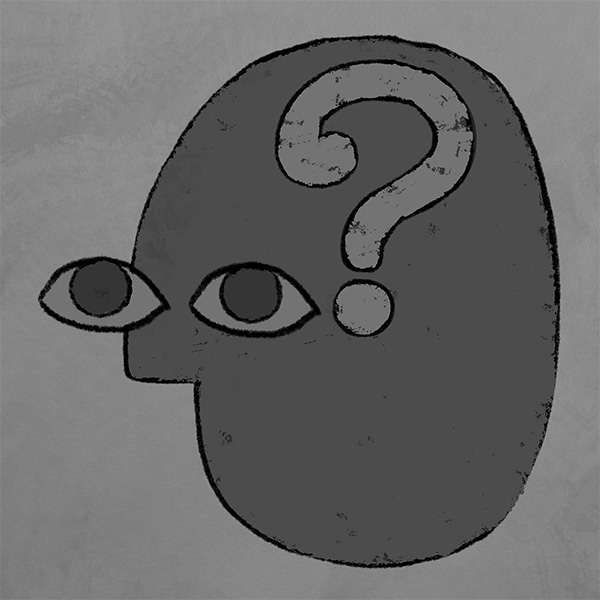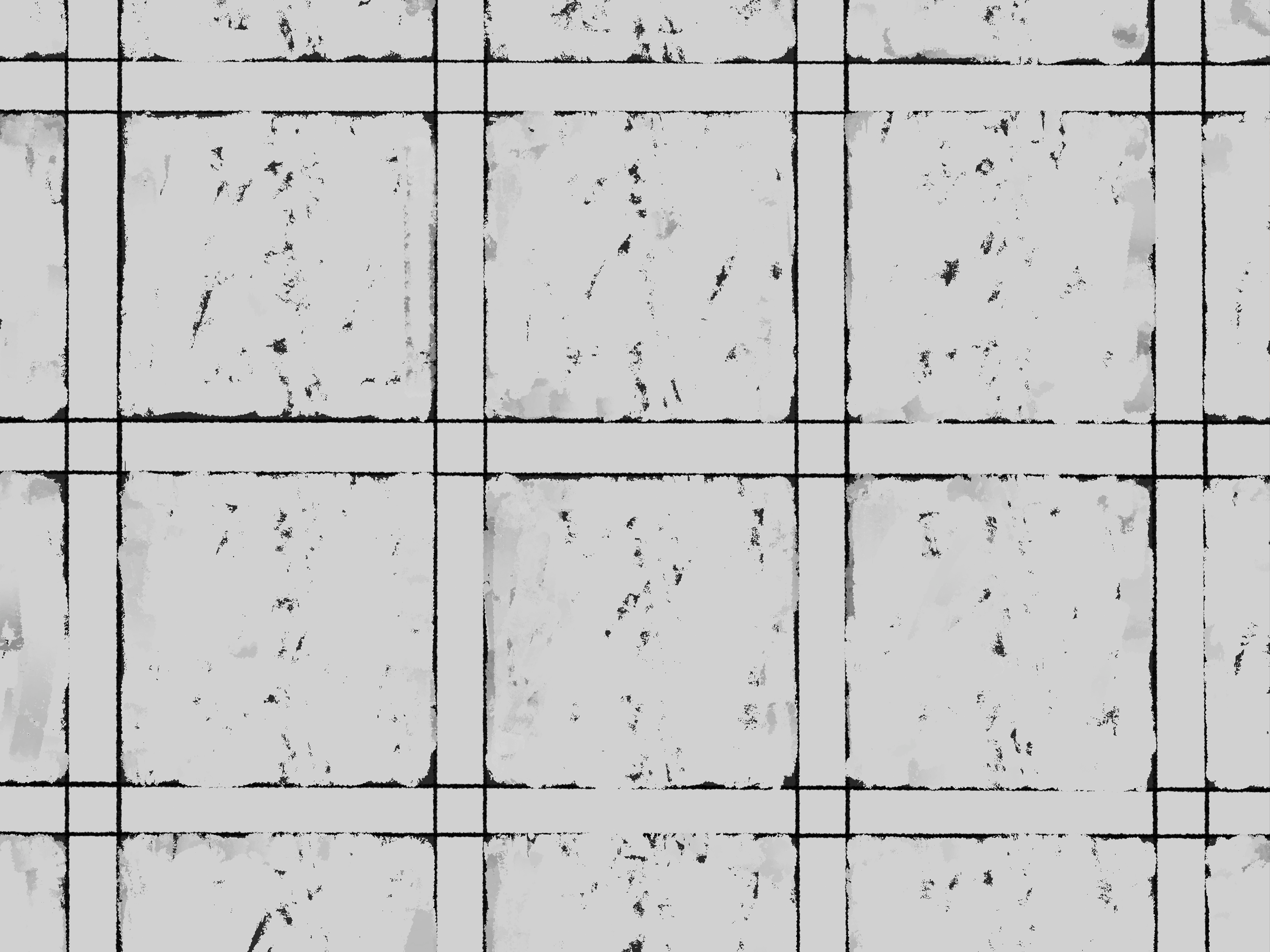
The grid is used everywhere, from city planning to website design. We experience the grid in obvious ways and ways we might not even recognize if we weren't looking for it. We can't escape it; the grid is part of our everyday lives. So, what is it?

A grid is a series of lines running at right angles to each other. This series of lines creates a repeating pattern, and this pattern can be used horizontally, such as with city planning sitting on the surface we walk on, or vertically like the screen of a computer or page of text. The pattern and distribution of these lines is flexible and adjustable to the user's needs.
In design, the points where the lines intersect, and the frames created by the empty space between lines, can be used to help organize your message and assist with the clarity of your intent.
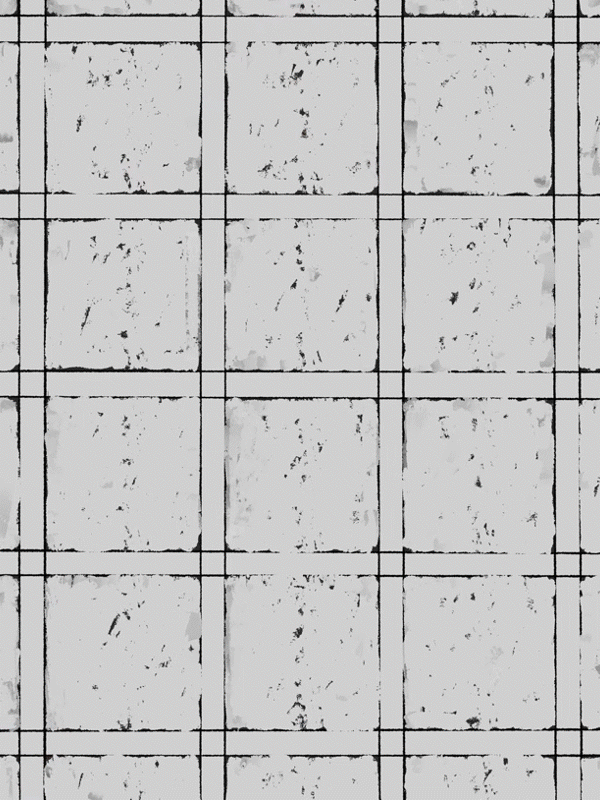
A grid, at least in design, is an organizational structure for arranging graphic elements, such as paragraphs, images, infographics, on a two-dimensional surface. The goal of using a grid is to optimize your ability to communicate effectively and clearly.
How do you do this? Well, by structuring your message in a way that ensures a hierarchy and establishes a clear path. This is where you start. This is important. This is where you go next. This thing is supporting this thing. So on.
Does the grid impose restrictions that inhibits creativity? Absolutely not. The grid is simply a tool to better organize your content and better communicate your idea or message. The creativity is still in your hands!
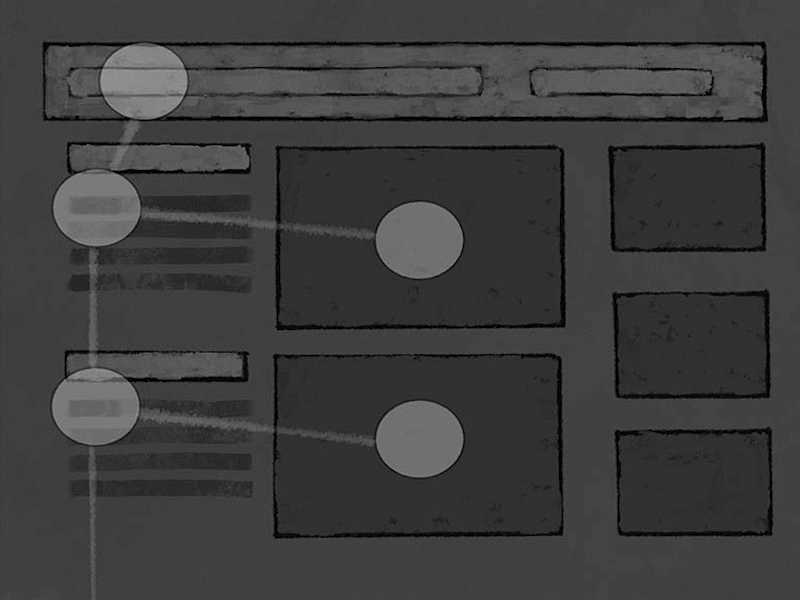
The grid has parts, and those parts have names and a purpose.
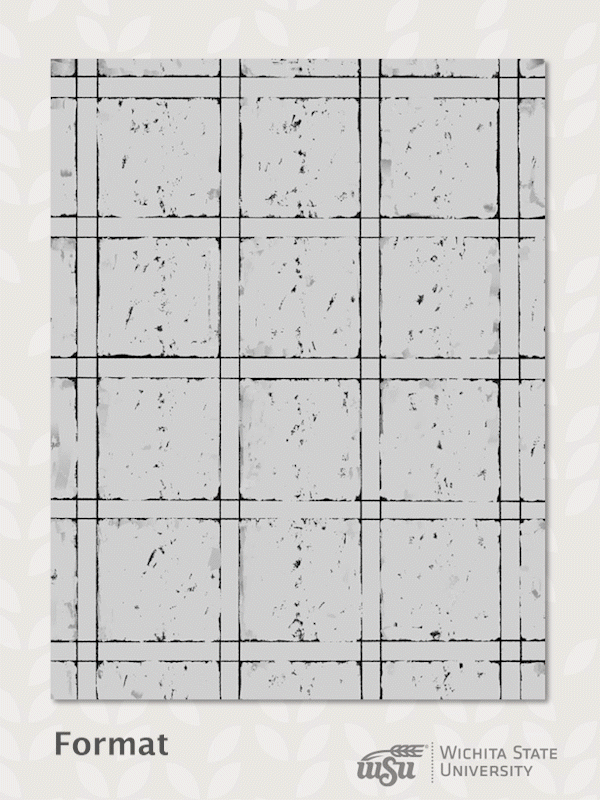
Since the grid structure can be modified to specific needs, over time specific types of grid structures became the standardized style for organizing specific types of content. Each of these types, or styles, has a name and a purpose:
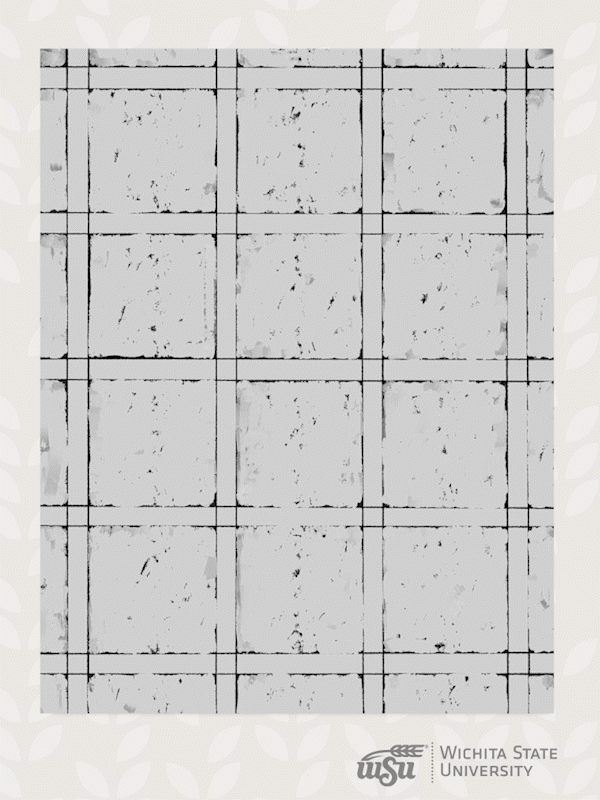
You may be thinking, "Yeah, that's all very interesting but how is this going to help me in my classroom?", and that would be a great question. Honestly, it might not help you at all. However, if you are developing content that has visual elements, then the grid could prove exceptionally useful for you. To be clear, when I say content that has visual elements, I'm talking anything that includes images, charts, graphs, infographics, so forth, the format, or the application that is being used to create the content can include but isn't limited to Word documents or PDF's, PowerPoints, video recordings, handouts, so forth. That is a list of applications that nearly every faculty member uses regularly.

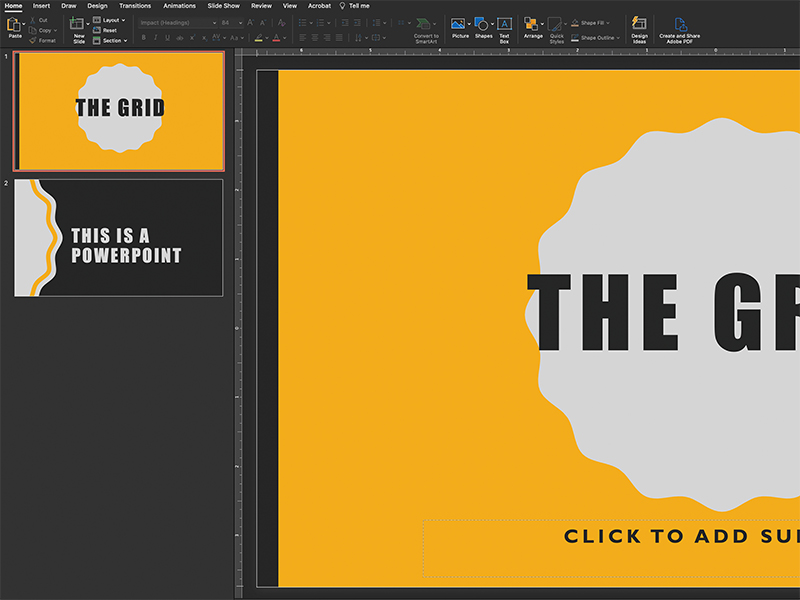
Before you panic, here's some good news! Nearly all these apps already have a grid structure built into the app. All you need do is choose your template, insert your content, and go. However, knowing a few rules and tricks to the grid can really help you in strategizing your content to the most effective in meeting your learning goal. And who knows, maybe you'll be inspired enough to craft your own grid in a future project and knowing which style of grid to use and how to craft that grid if needed could be useful.
If you haven't already, I would encourage you to visit The Elements of Design and The Principles of Design learning modules. There you will find an overview on the basics of design, and I will cover how I believe that understanding a few key components of design can help you organize your content to be more efficient and more effective.
And be sure to attend one of our Academic Resources Conference, where we provide training and engaging conversation three times a year, every January, May, and August.
